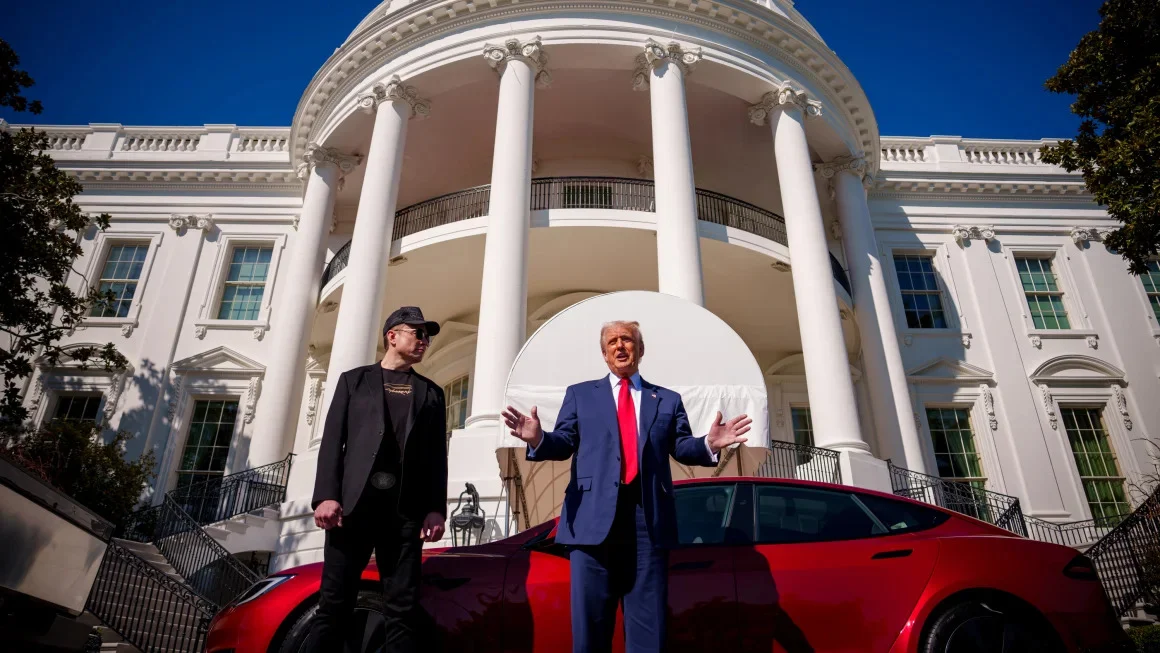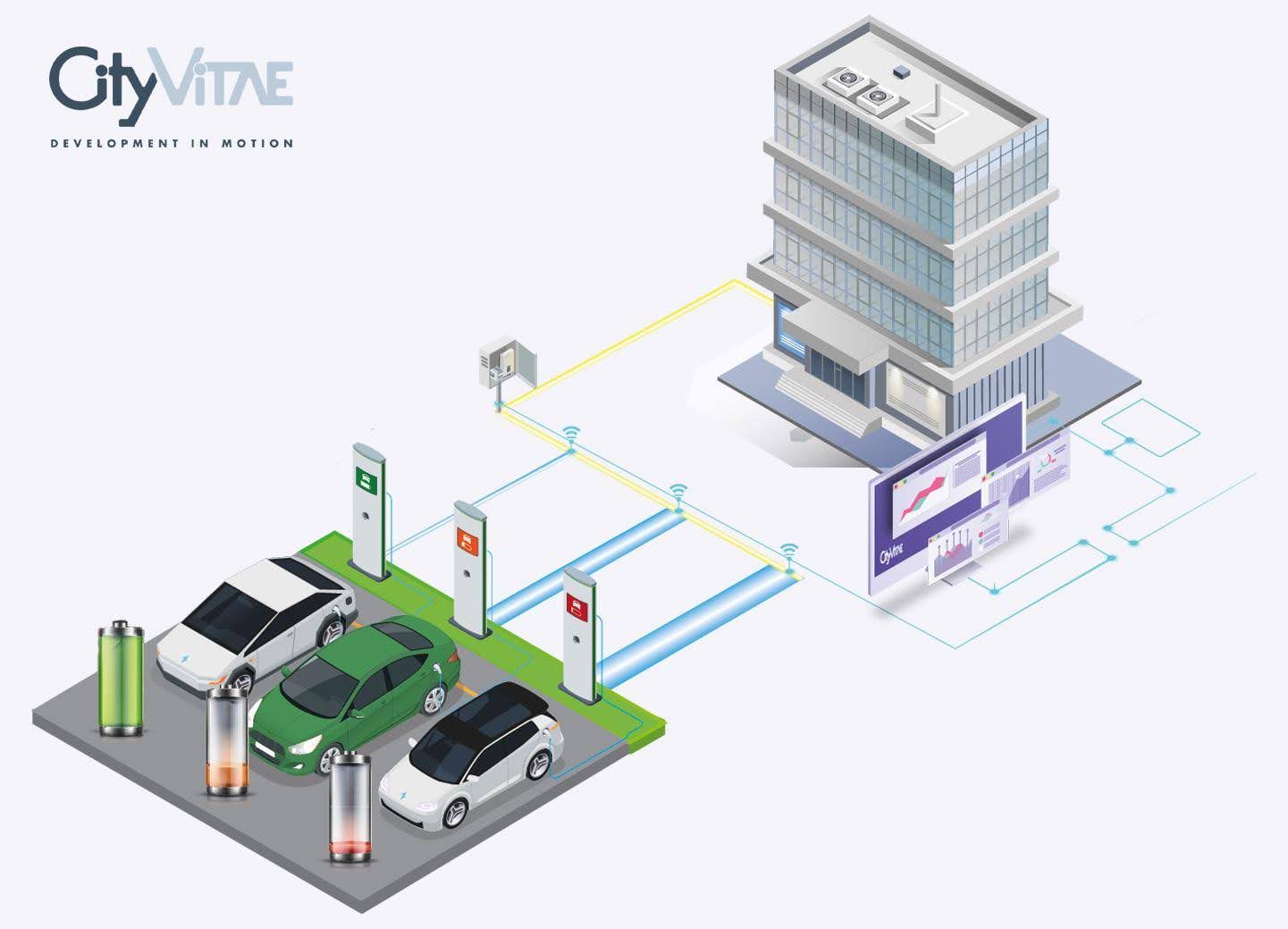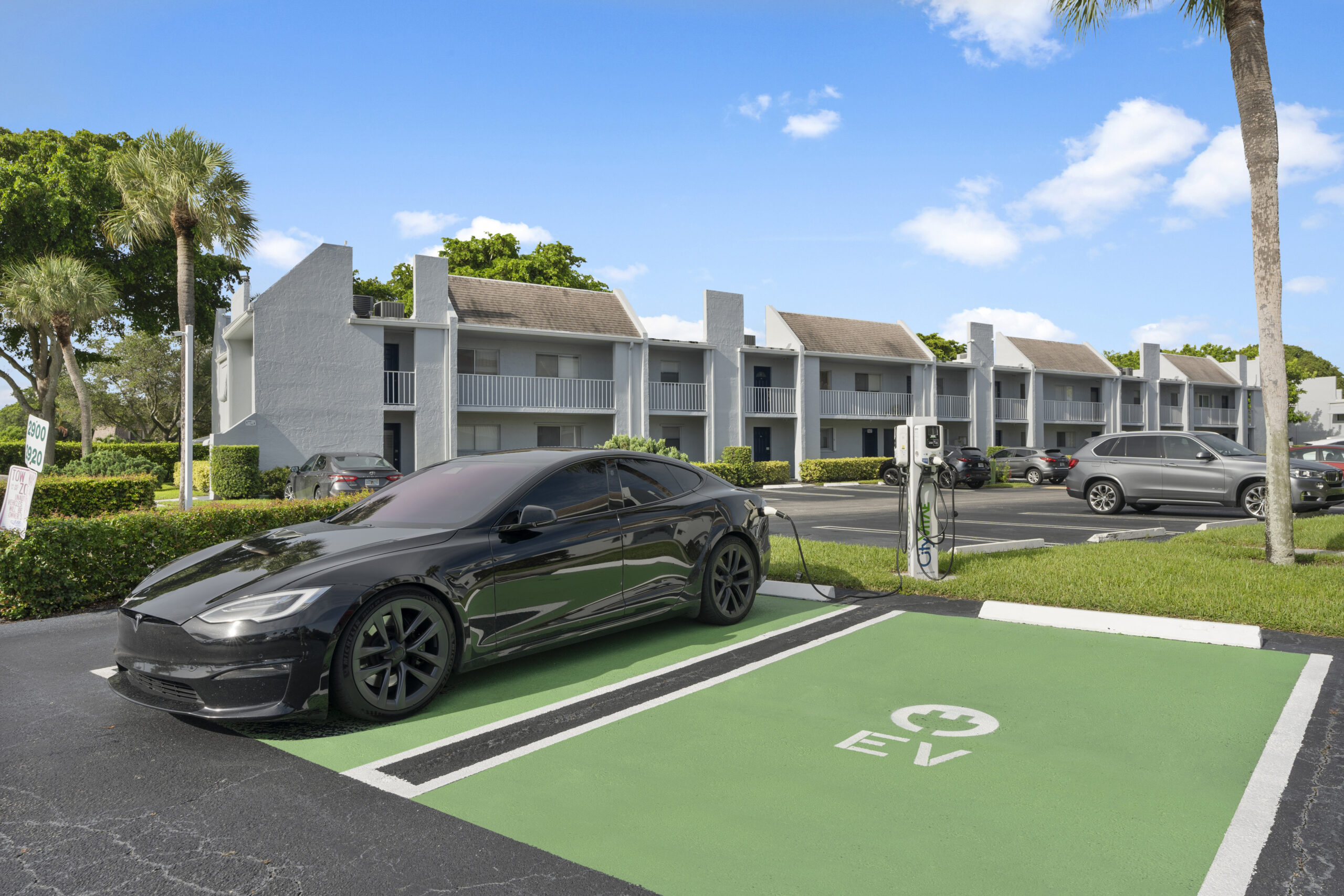President Trump’s return to the White House signals a shift in federal policy surrounding electric vehicles, with the new administration already moving to scale back subsidies and halt programs designed to accelerate EV charger deployment.
While this has sparked concern among some industry players, it’s important to recognize that EV adoption isn’t solely dependent on government funding.
EV demand remains resilient, as measured by no drop in charging activity across the CityVitae network.
This underscores that market forces—such as cost savings, technological advancements, and consumer preferences—will continue the push toward electric mobility.
Over the last year, 12 new EV brands launched and more than 20 new models hit the market from established automakers. These companies are forging ahead, recognizing that drivers are increasingly choosing electric—not because they’re told to, but because they want to.
Regardless of the politics behind it, EV adoption will continue to grow as automakers commit to electrification, battery costs decline, and charging networks expand.
Federal Support and Its Impact on EV Growth
The Biden administration’s National Electric Vehicle Infrastructure (NEVI) program allocated $5 billion over five years to build up the nation’s EV charging infrastructure. This program has now been suspended under President Trump, but that doesn’t mean a halt of EV charging projects across the United States.
Rather, this marks a shift toward a more market-driven EV industry, where success depends on strategically designed systems, technological efficiency, and private sector innovation rather than public subsidies.
Several large, publicly traded EV charging companies saw their stock values soar when federal subsidies were first introduced in 2021, but are now facing financial trouble as those funds disappear. The absence of these funds exposes a lack of ingenuity among some of the industry’s biggest players.
Companies that have operated independently of government incentives—like CityVitae—gained market share over the last 5 years as a result of their cutting-edge technology, dedication to quality service, and building the best system for every unique situation.
The shift away from subsidies has leveled the playing field, giving service quality the significance it previously lacked.
Should the Government Promote EV adoption?
At CityVitae, we understand that driving is a deeply personal experience. While we are in the EV business, it’s important to understand that driving an EV might not be the right choice for everyone, and that’s ok!
While EVs are promoted at the government level due to being deemed better for the environment, this isn’t always the case, nor is it the main reason EV drivers choose to drive EVs.
Many are drawn to EVs for their cutting-edge, futuristic technology. Some are drawn to the fast acceleration electric engines provide relative to gas engines. For others, the choice is strictly financial.
Forcing consumers to transition to EVs can create friction, especially when infrastructure is lacking or when personal preferences dictate vehicle choice.
Instead of mandates, CityVitae supports a system that encourages market solutions to make EV adoption natural and effortless for drivers.
Executive Summary
Federal support can help kickstart innovation—but it should never define the market. When subsidies create winners and losers, the system becomes fragile.
The suspension of NEVI funding doesn’t mark the end of EV growth; it marks the beginning of a more resilient, innovation-led industry.
By removing artificial advantages, the market can now reward the providers who are truly delivering for communities, drivers, and the future of electric mobility.





